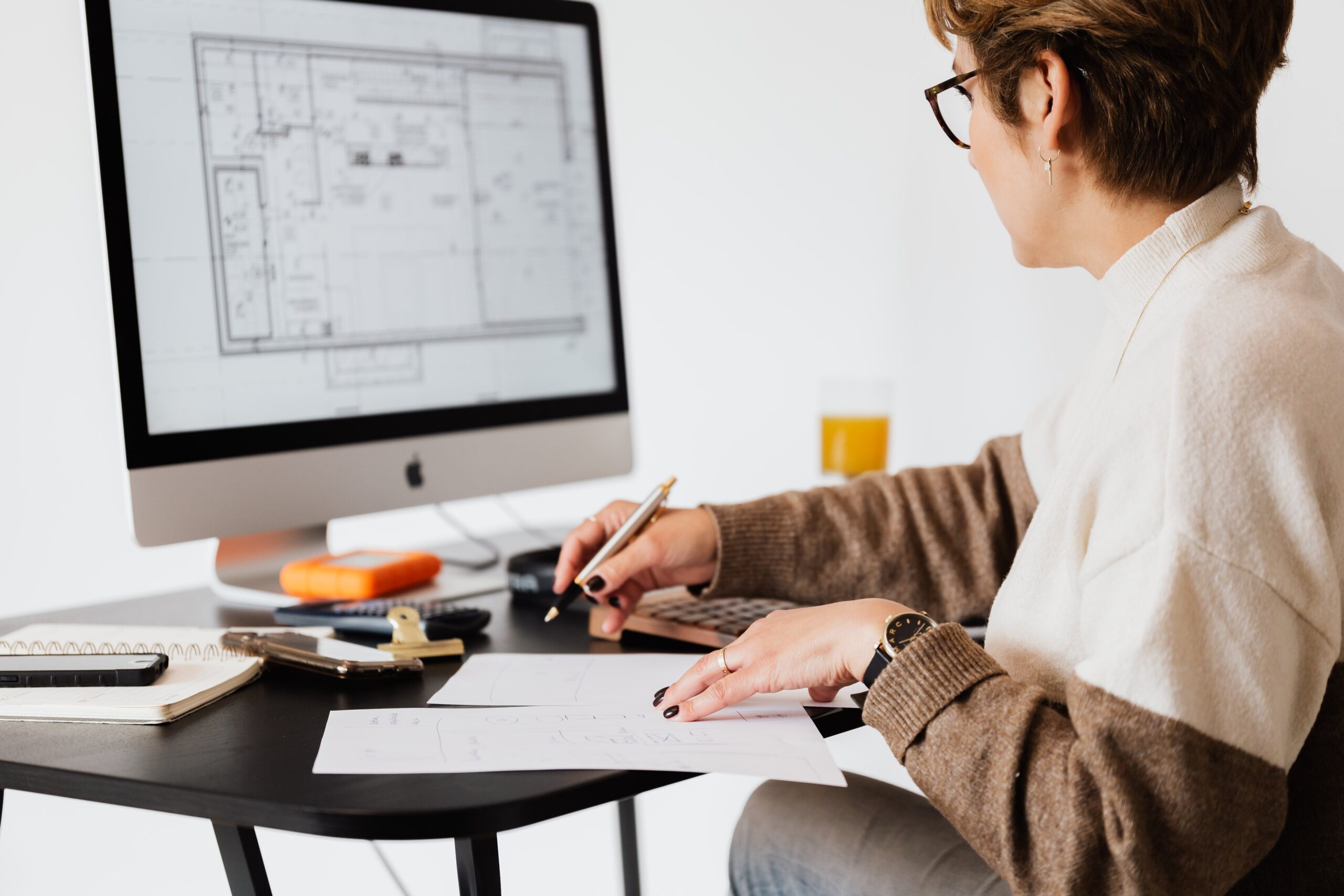Building your gaming PC can be an exciting and rewarding experience. Not only does it allow you to customize your rig to meet your specific needs and preferences, but it can also save you money compared to buying a pre-built system. In this guide, we’ll take you through the step-by-step process of building your gaming PC, from choosing the right components to putting it all together and optimizing performance.
Read More: Green Tech Initiatives in Pakistan: Sustainability for the Future
Explore The Contents
- 1 Introduction to Building a Gaming PC
- 2 Understanding PC Components
- 3 Setting a Budget
- 4 Choosing Components
- 5 Step-by-Step Building Process
- 6 Testing and Troubleshooting
- 7 Installing Operating Systems and Drivers
- 8 Optimizing Performance
- 9 Maintenance and Upgrades
- 10 Conclusion (Building Your Gaming PC Step)
Introduction to Building a Gaming PC
Importance of Building Your Gaming PC
Building your gaming PC gives you full control over the components you use, allowing you to tailor your system to your gaming needs. Whether you’re a casual gamer looking for a budget-friendly option or a hardcore enthusiast seeking maximum performance, building your PC enables you to optimize every aspect of your rig.
Advantages Of Pre-built Options
While pre-built gaming PCs offer convenience, they often come with higher price tags and limited customization options. By building your PC, you can handpick each component based on your budget and performance requirements, ensuring you get the best value for your money.
Understanding PC Components
Before diving into the building process, it’s essential to familiarize yourself with the key components of a gaming PC:
Processor (CPU)
The CPU serves as the brain of your gaming PC, handling tasks such as game physics calculations and AI processing. When choosing a CPU, consider clock speed, core count, and compatibility with your motherboard.
Graphics Card (GPU)
The GPU is responsible for rendering graphics in games, making it one of the most critical components for gaming performance. Look for a GPU with ample VRAM and support for the latest graphics technologies.
Memory (RAM)
RAM plays a crucial role in gaming performance by providing fast access to frequently used data. Opt for sufficient RAM (typically 8-16GB for gaming) to ensure smooth gameplay and multitasking.
Storage (SSD/HDD)
Storage devices store your operating system, games, and other files. While traditional hard disk drives (HDDs) offer ample storage capacity at a lower cost, solid-state drives (SSDs) provide faster load times and improved system responsiveness.

Motherboard
The motherboard serves as the backbone of your gaming PC, connecting all the components. Choose a motherboard that supports your chosen CPU and offers the features you need, such as multiple PCIe slots for expansion.
Power Supply Unit (PSU)
The PSU delivers power to your gaming PC, ensuring stable and reliable operation. Select a PSU with sufficient wattage for your components and consider factors such as efficiency and modular cabling for cable management.
Cooling System
Proper cooling is essential to prevent overheating and maintain optimal performance. Consider aftermarket CPU coolers and case fans to keep your system running cool under load.
Setting a Budget
Before selecting components for your gaming PC, it’s essential to establish a budget and allocate funds accordingly. Determine how much you’re willing to spend on each component, keeping in mind that certain components, such as the CPU and GPU, will have a more significant impact on performance than others.
Read More:Degrees in Healthcare: Meeting the Growing Needs of Pakistan’s Population
Choosing Components
Once you’ve set a budget, it’s time to start researching and comparing different components. Look for reviews and benchmarks to assess performance and reliability, and pay attention to factors such as compatibility and future upgradeability.
Step-by-Step Building Process
With all your components in hand, it’s time to start assembling your gaming PC. Follow these steps for a smooth and successful build:
Preparing the Workspace
Before you begin, clear a spacious and well-lit area to work in, preferably on a non-conductive surface such as a wooden table. Gather all the necessary tools, including screwdrivers, cable ties, and thermal paste.
Installing the CPU and CPU Cooler
Start by installing the CPU into the socket on the motherboard, taking care to align the pins or notches correctly. Apply a small amount of thermal paste to the CPU, then attach the CPU cooler according to the manufacturer’s instructions.
Mounting the Motherboard
Carefully place the motherboard into the case, aligning it with the standoffs pre-installed in the case. Secure the motherboard in place using the screws provided, being careful not to overtighten.
Inserting RAM Modules
Locate the DIMM slots on the motherboard and unlock the retention clips. Insert the RAM modules firmly but gently, ensuring that they are fully seated in the slots. Press down on the modules until the clips lock into place.
Installing the GPU
Locate the PCIe slot(s) on the motherboard and remove the corresponding expansion slot covers from the case. Insert the GPU into the PCIe slot, making sure it is fully seated, then secure it in place using the retention bracket or screws.
Connecting Storage Devices
Install your SSD or HDD in one of the drive bays in the case, securing it in place with screws. Connect the data and power cables to the storage device and motherboard, ensuring a secure connection.
Power Supply Installation
Position the power supply unit in the designated area at the bottom or rear of the case, then secure it in place with screws. Connect the necessary power cables to the motherboard, CPU, GPU, and storage devices, routing the cables neatly to improve airflow and aesthetics.
Cable Management
Take the time to organize and route your cables neatly to improve airflow and maximize space inside the case. Use cable ties or Velcro straps to secure cables together and tuck them away in cable management channels or behind the motherboard tray.
Installing Additional Cooling
If desired, install additional case fans or aftermarket cooling solutions to improve airflow and cooling performance. Follow the manufacturer’s instructions for mounting and connecting the cooling devices.
Testing and Troubleshooting
Once you’ve assembled your gaming PC, it’s time to power it on and make sure everything is working correctly. Connect the power cable and peripherals, then press the power button on the case. Listen for POST beeps and check for any error messages or warnings on the screen.
Powering On the System
If your PC powers on successfully, you should see the motherboard BIOS screen followed by the operating system boot sequence. If you encounter any issues, refer to the motherboard manual or online resources for troubleshooting tips.
Checking for Errors
Once your PC has booted into the operating system, check for any errors or issues such as hardware conflicts, driver issues, or overheating. Use diagnostic tools such as CPU-Z, GPU-Z, and HWMonitor to monitor system temperatures and performance.
Troubleshooting Common Issues
If you encounter any problems during the testing phase, don’t panic. Common issues such as RAM seating problems, loose cables, or incompatible components can usually be resolved with some troubleshooting and patience. Refer to online forums and communities for assistance if needed.
Installing Operating Systems and Drivers
With your gaming PC up and running, it’s time to install your operating system and drivers. Follow these steps to complete the setup process:
Setting Up BIOS
Access the BIOS or UEFI firmware settings by pressing the designated key during the boot process (usually Del, F2, or F12). Configure the boot order, enable XMP profiles for RAM overclocking (if supported), and adjust any other settings as needed.
Installing Windows or Other OS
Insert your Windows installation disc or USB drive and boot from it to begin the installation process. Follow the on-screen prompts to partition your storage device, install the operating system, and configure basic settings such as language and region.
Installing Drivers for Components
Once Windows is installed, insert the driver discs included with your motherboard and graphics card, or download the latest drivers from the manufacturer’s website. Install the necessary drivers for components such as the chipset, GPU, network adapter, and audio device.
Optimizing Performance
With your gaming PC fully assembled and configured, it’s time to optimize its performance for the best gaming experience:
Overclocking (Optional)
If you’re comfortable with advanced tweaking, consider overclocking your CPU, GPU, and RAM to squeeze out extra performance. However, proceed with caution and be mindful of temperature and stability issues.

Installing Software for Monitoring and Tweaking
Download and install monitoring software such as MSI Afterburner, CPU-Z, and HWMonitor to keep an eye on system temperatures, voltages, and clock speeds. Use these tools to fine-tune your overclocks and ensure your system is running optimally.
Maintenance and Upgrades
To keep your gaming PC running smoothly, follow these maintenance tips:
Cleaning the PC
Regularly clean dust and debris from your PC components using compressed air or a soft brush. Pay special attention to fans, heatsinks, and filters to prevent overheating and maintain optimal airflow.
Upgrading Components Over Time
As technology advances and your gaming needs change, consider upgrading individual components such as the CPU, GPU, or storage devices to improve performance. Consult online resources and compatibility guides to ensure compatibility with your existing hardware.
Conclusion (Building Your Gaming PC Step)
Building your gaming PC is a rewarding experience that allows you to create a custom rig tailored to your gaming preferences. By following the step-by-step process outlined in this guide, you can assemble a high-performance gaming PC that delivers an immersive gaming experience without breaking the bank.
FAQs (Frequently Asked Questions)
- How much does it cost to build a gaming PC?
- The cost of building a gaming PC can vary widely depending on the components you choose and your performance requirements. A budget-friendly build can start at around $500, while high-end builds can exceed $2000 or more.
- Is it difficult to build a gaming PC?
- Building a gaming PC requires some technical knowledge and patience, but it’s not overly difficult with the right guidance. Following step-by-step instructions and watching tutorial videos can help simplify the process.
- What tools do I need to build a gaming PC?
- The basic tools needed to build a gaming PC include a screwdriver (typically Phillips head), cable ties or Velcro straps for cable management, and thermal paste for CPU installation.
- How long does it take to build a gaming PC?
- The time it takes to build a gaming PC can vary depending on your experience level and the complexity of your build. A straightforward build can be completed in a few hours, while more advanced builds may take longer.
- Can I upgrade my gaming PC in the future?
- Yes, one of the advantages of building your own gaming PC is the ability to upgrade individual components over time. As technology advances and your gaming needs change, you can swap out old components for newer ones to improve performance.




